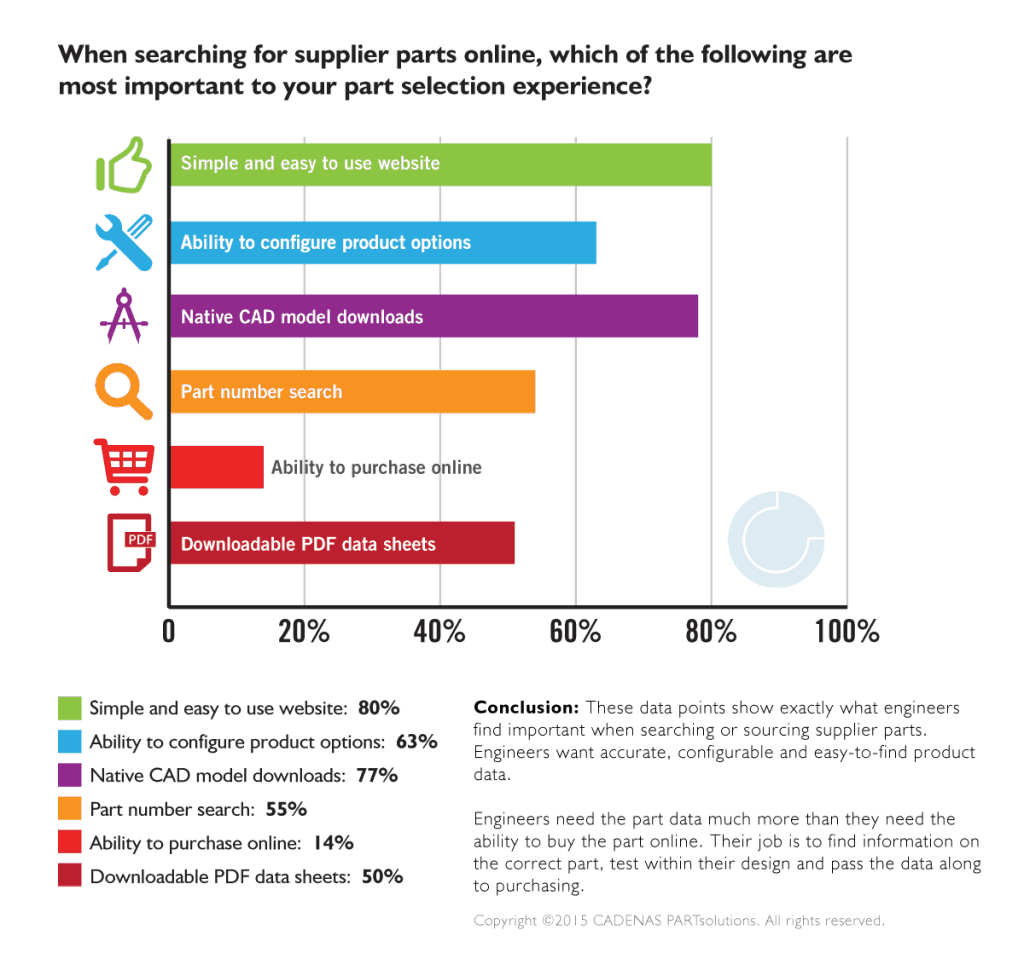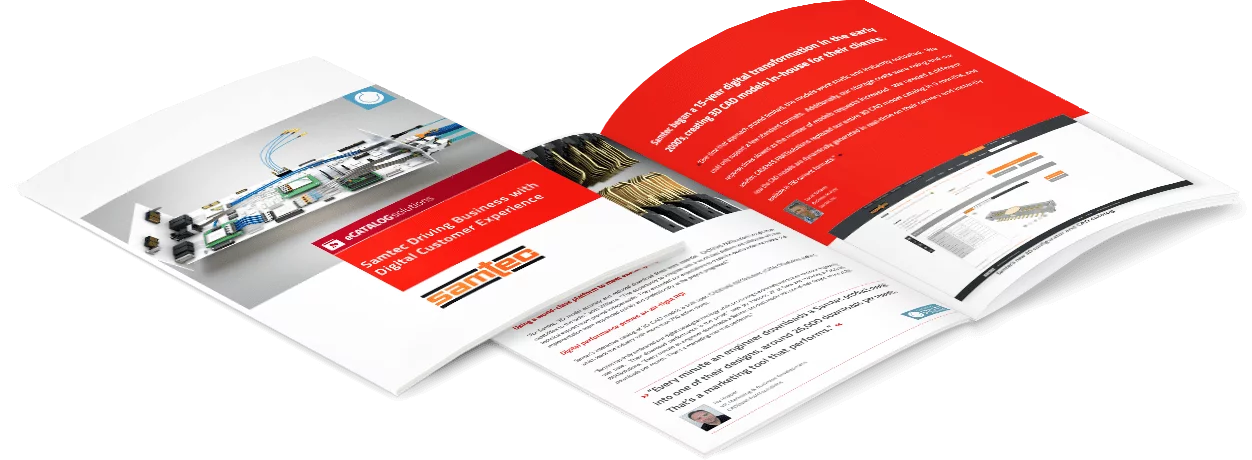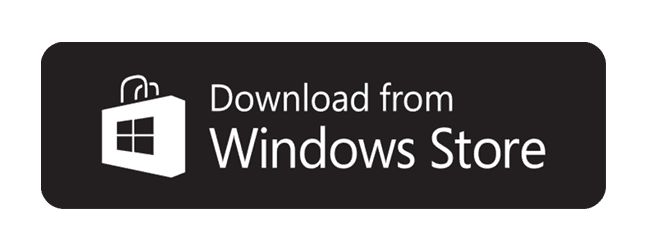Industrial Manufacturers: We Found Out Why Engineers Hate Your Website
We asked engineers from 500 companies what they want from their digital customer experience.
Nobody likes to get bad news, but its best to hear these things from your friends. It’s your website. Engineers hate it, and they told us why they stopped visiting.
We asked engineers from 500 companies what they want from their digital customer experience.
This chart tells a lot. It shows what engineers really find helpful when they’re hunting the web for supplier parts. We know that 70% of a B2B buyer’s journey happens before they even make contact with a sales person, meaning that journey is happening online. Your website needs to meet these criteria, or else you’re losing business. It should be pretty obvious if your site “checks the boxes” or not.
Is your website simple and easy to use? It should be clean, direct and intuitive. If visitors have to chase all over to find the info they need. It’s not simple enough. A good way to test simplicity? Have your kids test the site; ask them to find something on there. They’ll clue in you for sure.
Can you configure product options? This is an obvious YES or NO answer, either you have it or you don’t. Manufacturers who expect their visitors to follow a complex tree of nomenclature to get the info they need aren’t fulfilling their customer needs.
Do you provide Native CAD model downloads? Many MFG’s share digital product data in a static 2D PDF, or a generic STEP, DWG or IGES file. These models are a “one size fits all” approach, and don’t fulfill the data requirements of many engineers. The difference in data fidelity between a neutral file like, STEP, DWG or IGES, and a true native file is like the difference between a VHS video and a blu-ray. Sure they look similar from a distance, but the functionality and performance are worlds apart. A neutral file is dramatically lacking in fidelity, can cause design errors and lacks rich engineering data built into the model. Conversely, native files provide the highest possible fidelity and add detail with rich-data built into the model. Providing native models with meta-data manufacturers ensures your part gets specified for purchase.
Can engineers search your site by part number? Engineers want to show up, paste in the part number and be swept away to data-ville? Can they or can’t they?
Only 14% of Engineers want to buy online. This comes back to the “70% of a B2B buyer’s journey happens before they even make contact,” and it makes sense. Engineers and designers are looking online to research parts, configure the options they need and drop a CAD model into their design. Engineers don’t need the ability to purchase online, that is the purchasing department’s job, and many times they (purchasing) will be buying in quantity or through a distributor anyway.
50% of Engineers want downloadable PDF Data Sheets. Again, they want to research, configure and download data for their design, but they also want something they can share with purchasing. That’s why a live 3D PDF of their configured part is great. It’s an exact representation, with a live 3D model and the configured part number. Share digitally via email and purchasing has everything they need to source the part.
Conclusion
This data point shows exactly what engineers find important when searching or sourcing supplier parts. Engineers want accurate, configurable and easy-to-find product data.
Engineers need the part data much more than they need the ability to buy the part online. Their job is to find information on the correct part, test within their design and pass the data along to purchasing.
Get the Full Story: In the Industrial Sales and Marketing Report





